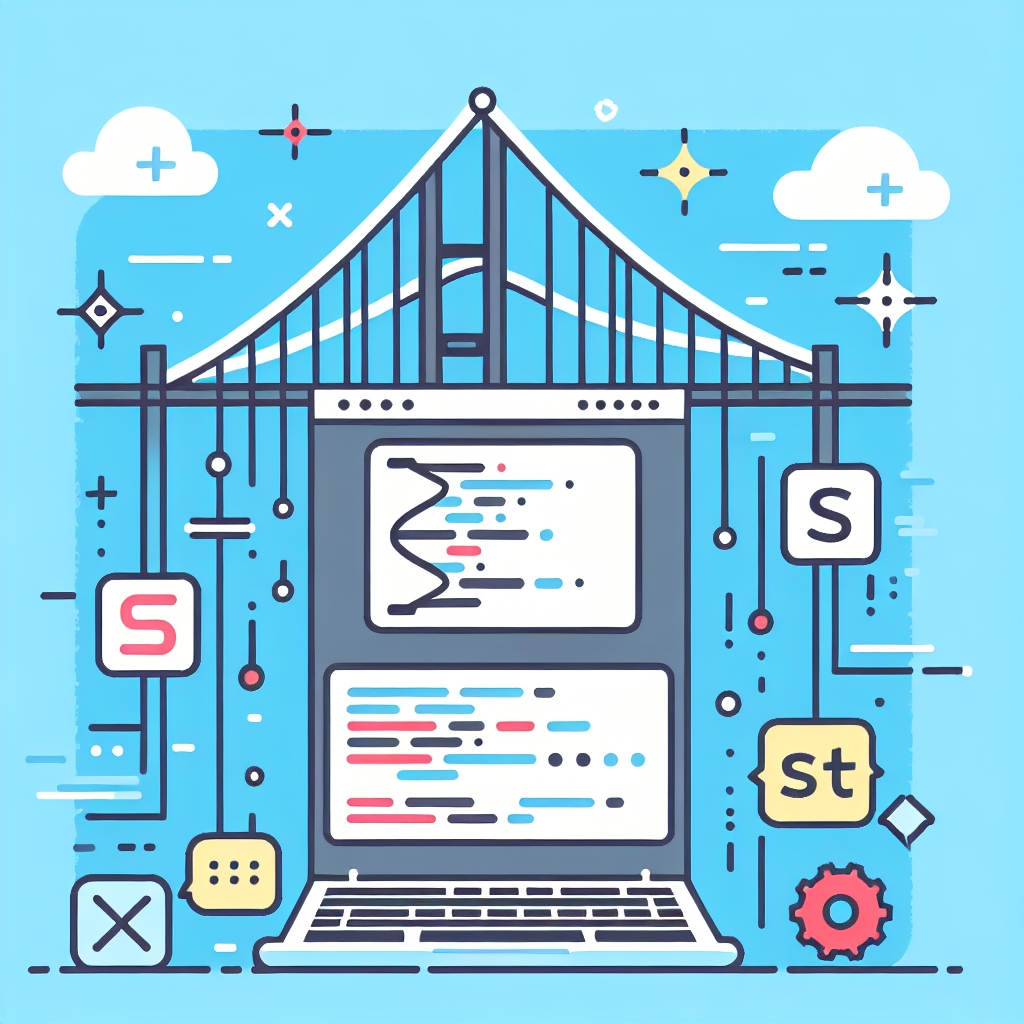C# to Swift Converter: Seamless Code Transformation
Effortlessly convert C# code to Swift with our powerful tool. Streamline your app development process and enhance cross-platform compatibility today!
Source Code
Converted Code
Output will appear here...
The C# to Swift Converter is an essential tool for developers looking to seamlessly translate their C# code into Swift, enabling a smooth transition between .NET and iOS app development. Benefit from increased productivity and reduced manual coding errors, making it ideal for cross-platform projects and code migration. Enhance your development workflow with this efficient tool, perfect for expanding your apps reach in the Apple ecosystem.

C# to Swift Conversion Tool Link to this section #
Effortlessly convert your C# codebase to Swift using our advanced conversion tool. Designed for developers transitioning between platforms, this tool ensures that your code is efficiently translated from C# to Swift, maintaining logic integrity and performance.
Key Features Link to this section #
- Accurate Syntax Mapping: Our tool expertly maps C# constructs to Swift, ensuring that language-specific nuances are preserved.
- Data Type Compatibility: Seamlessly converts data types, addressing differences between C# and Swift.
- Code Optimization: The tool optimizes converted code to adhere to Swift best practices, enhancing readability and maintainability.
Advantages Link to this section #
- Time-saving: Automate the conversion process, reducing manual coding efforts and speeding up development timelines.
- Consistency: Ensure consistent code quality across platforms with automated checks and balances.
- Ease of Use: User-friendly interface, suitable for both novice and experienced developers.
Code Snippet Example Link to this section #
C# Code Link to this section #
public class Greeting {
public string GetMessage(string name) {
return $"Hello, {name}!";
}
}
Converted Swift Code Link to this section #
class Greeting {
func getMessage(name: String) -> String {
return "Hello, \(name)!"
}
}
How It Works Link to this section #
- Upload your C# code: Input your C# files into the tool.
- Conversion Process: The tool analyzes and translates the code line-by-line.
- Download Swift Code: Retrieve the converted Swift files and integrate them into your project.
Useful Resources Link to this section #
Enhance your development workflow with our C# to Swift conversion tool, bridging the gap between these two powerful programming languages.
Frequently Asked Questions
What are the main differences between C# and Swift?
C# is primarily used for developing applications on the .NET framework, while Swift is used for building apps for Apple platforms such as iOS and macOS. C# is a statically typed language with rich features such as LINQ and async/await, whereas Swift emphasizes safety and performance with features like optionals and modern syntax. Both languages support object-oriented and functional programming paradigms.
How can I convert a C# application to Swift?
Converting a C# application to Swift involves re-implementing the application logic in Swift, as there is no direct one-to-one conversion tool. It's important to understand the differences in platform libraries, user interface components, and language features. You can start by identifying the core functionality of your C# application and mapping it to equivalent Swift features, then gradually build the user interface using Swift's frameworks like UIKit or SwiftUI.
Are there any tools available to assist in converting C# code to Swift?
While there is no direct conversion tool, some utilities can assist in the process. Tools like Xamarin can help run C# code on iOS by using .NET libraries, though it's not a direct Swift conversion. For manual conversion, using code analysis tools to extract logic and understanding design patterns can help in translating C# code into Swift. Additionally, leveraging online communities and forums can provide insights and shared experiences from developers who have undertaken similar tasks.